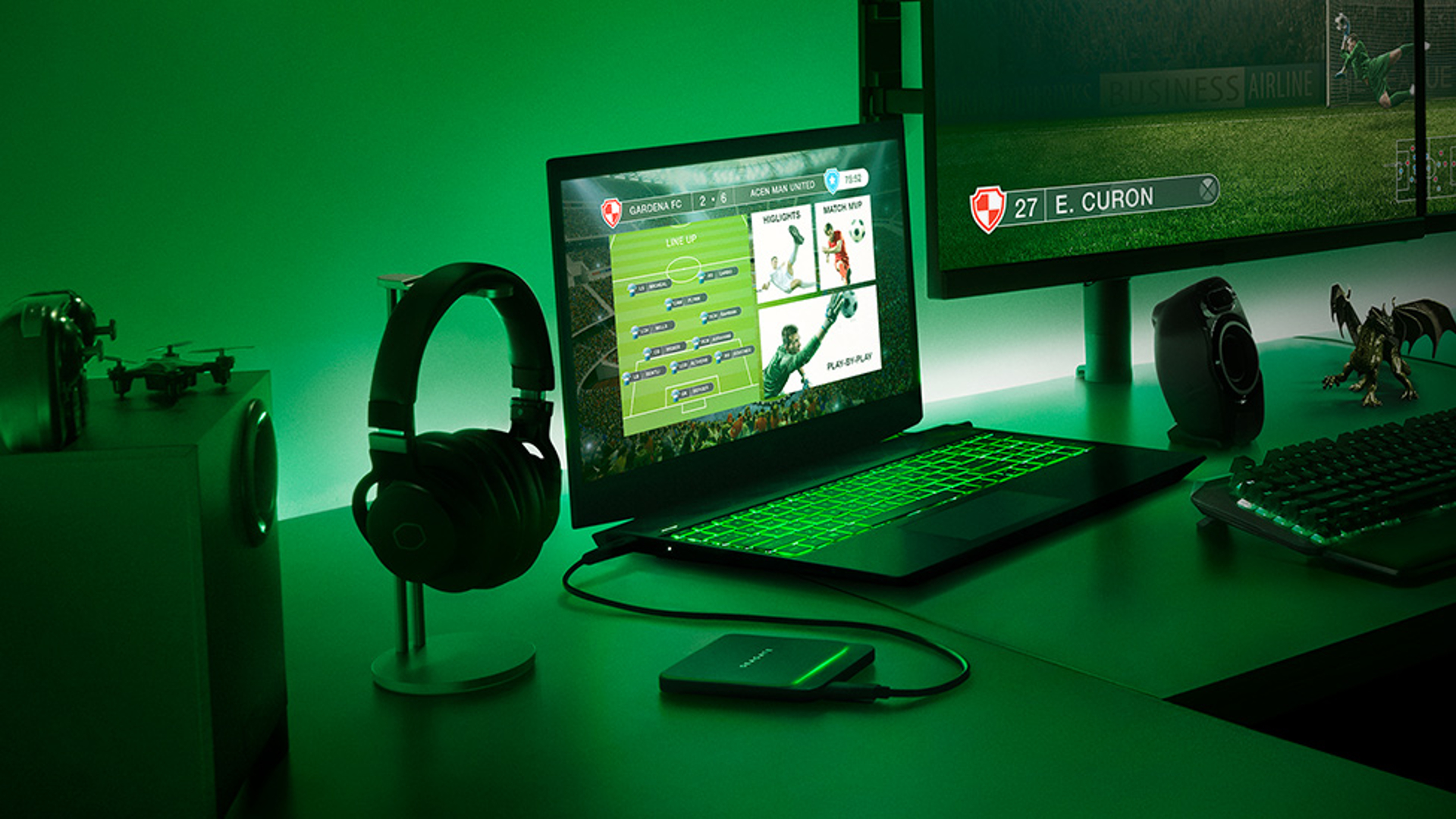You purchased a Seagate external hard drive to backup data from the computer. You connected the hard drive properly to the computer via a USB port, but it is not showing up in My Computer. You might end up scratching your head. This problem is common to external hard drives, not just with the hard drives made by Seagate. The good thing is that there are solutions that have worked for many users and probably work for you too.

Seagate is probably the first brand that comes to our mind when thinking of getting an external hard drive. It’s important to backup your data from the computer to cloud storage or an external hard drive so that if anything bad happens with the computer, you will not lose any data. It’s a portable device and you can even connect it with a smartphone or a tablet. So, you can also use it to transfer files from computers to mobile phones.
There are multiple reasons why the Seagate hard drive might not be showing up on your computer. One of the common problems is defective USB ports. If that’s not the case, the issue could be an outdated or corrupted device driver, incompatible file system, partition issue, or corrupted MBR. Now that we have some understanding of the problem, let’s move on to the solutions.
Here’s How to Fix Seagate Hard Drive Not Showing Up Problem on Windows 7, 10, 11
Solution 1: Try a Different USB Port or a Cable
The first thing you need to look at is the USB ports on your computer. If it is defective you won’t able to use any USB device such as Seagate hard drive. Connect your mobile phone to the USB port on your computer to verify that the ports are working.
The USB cable you are using to connect your Seagate hard drive to the computer might be defective. Use a different USB cable and check if the problem is fixed. It is important to note that you should only use a high-quality USB cable. Otherwise, the transfer will be slow or it might not initiate at all.
Solution 2: Use the Hard Drive on Another Computer
If the Seagate hard drive is now working on your computer, connect it to another computer. We are doing this to ensure that there’s no problem with the hard drive. If the device is not working on another computer, there’s a high likelihood that the hard drive is faulty.
Solution 3: Update or Uninstall Device Driver
Drivers-related problems are nothing new to Windows. If the device driver for the Seagate hard drive is corrupt or faulty, you will not be able to access an external hard drive. Updating or reinstalling the device driver might do the trick here.
Update device driver:
- In the search box, type device manager and press Enter.
- Expand Disk drives.
- Right-click on the Seagate hard drive.
- Click on Update driver.
- Select Search automatically for drivers. Windows will automatically check for new updates. If found, it will show you that a new version is available.
- Follow on-screen instructions to install the updated driver.
After you’ve updated the Seagate driver, reboot your computer, and check if the problem is solved. If the problem is still there, try uninstalling the device driver. You don’t have to worry, Windows will automatically reinstall the driver after you restart the device.
Uninstall device driver:
- Open Device Manager and expand Disk drives.
- Right-click on the Seagate drive and tap Uninstall device.
- Click Uninstall. The driver will be installed within a minute.
- Restart your computer.
Solution 4: Initialize the Seagate Hard Drive
If you are connecting an external hard drive to a computer for the first time, you need to initialize the disk using the Disk Management app.
- In the search box, type Disk Management and press the Enter button. Or, right-click on the Windows logo and select Disk Management.
- Right-click on the Seagate hard drive and select Initialize Disk. If the device is offline, right-click on it, tap Online, and then Initialize the disk.
- Choose a partition style. Click OK to accept the default partition style.
Solution 5: Change or Assign Drive Letter
If the Seagate hard drive is not showing on your computer, changing or assigning a driver letter to the Seagate hard drive might do the job.
- Right-click on the Windows logo and select Disk Management.
- Find the Seagate hard drive. Right-click on it and select Change Drive Letter and Paths.
- If your Seagate hard drive does not have a letter, tap on the Add button. Otherwise, tap on the Change button to assign a new letter to the device.
Solution 6: Format Seagate Hard Drive
The current file system on your Seagate external hard drive might not be compatible with Windows operating system. In such a case, you will have to format the Seagate hard device to FAT32 or NTFS. These are the two most commonly used file systems in Windows computers. You can format the hard drive using Disk Management.
When did you start facing issues with the Seagate hard drive? was this your first time using a Seagate hard drive? Were you able to fix the issue using any of the solutions mentioned in this blog post? Do let us know your thoughts in the comments below.
